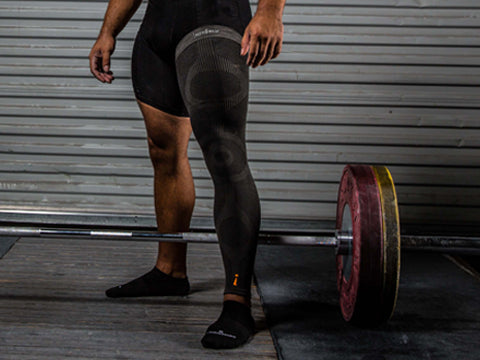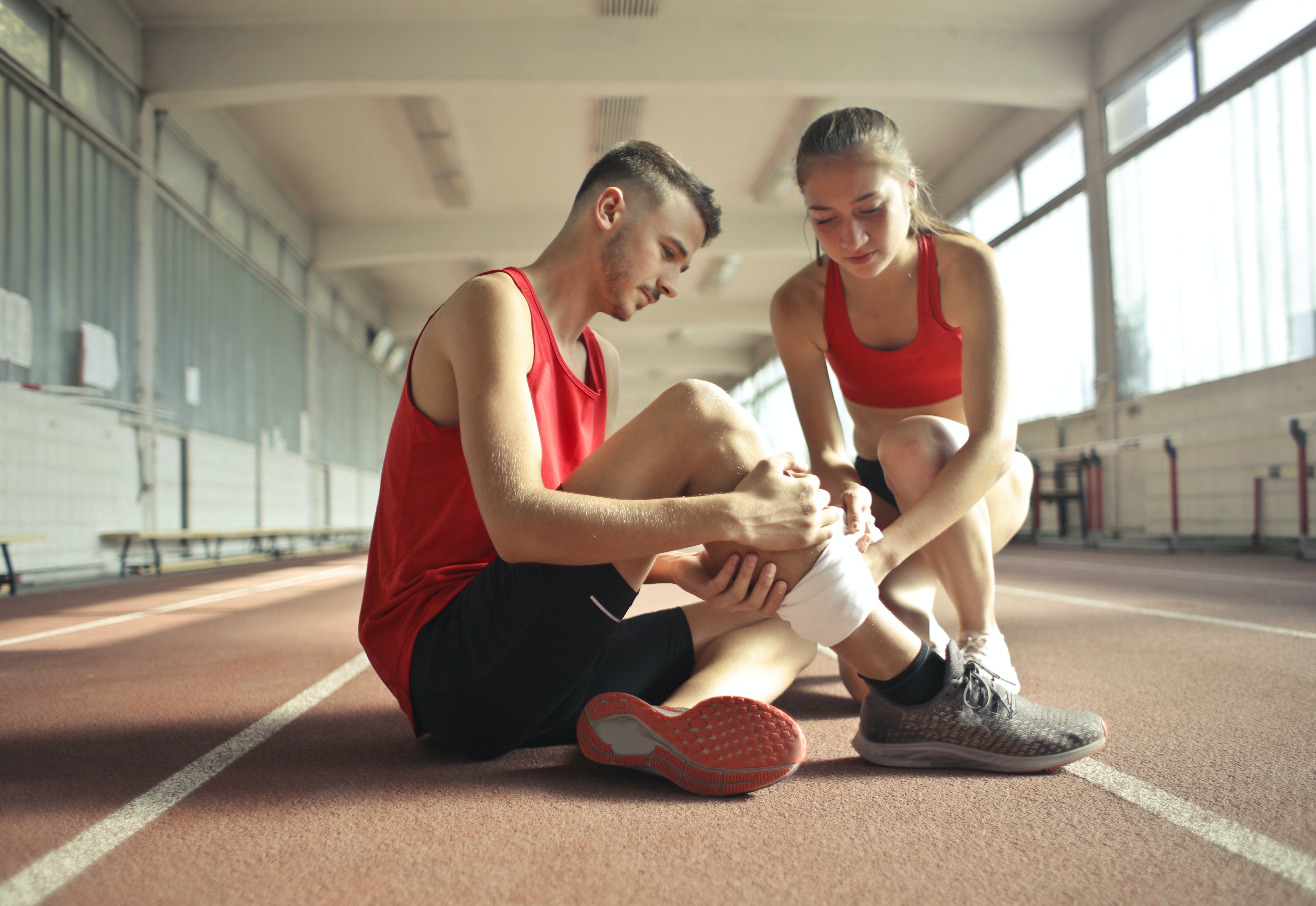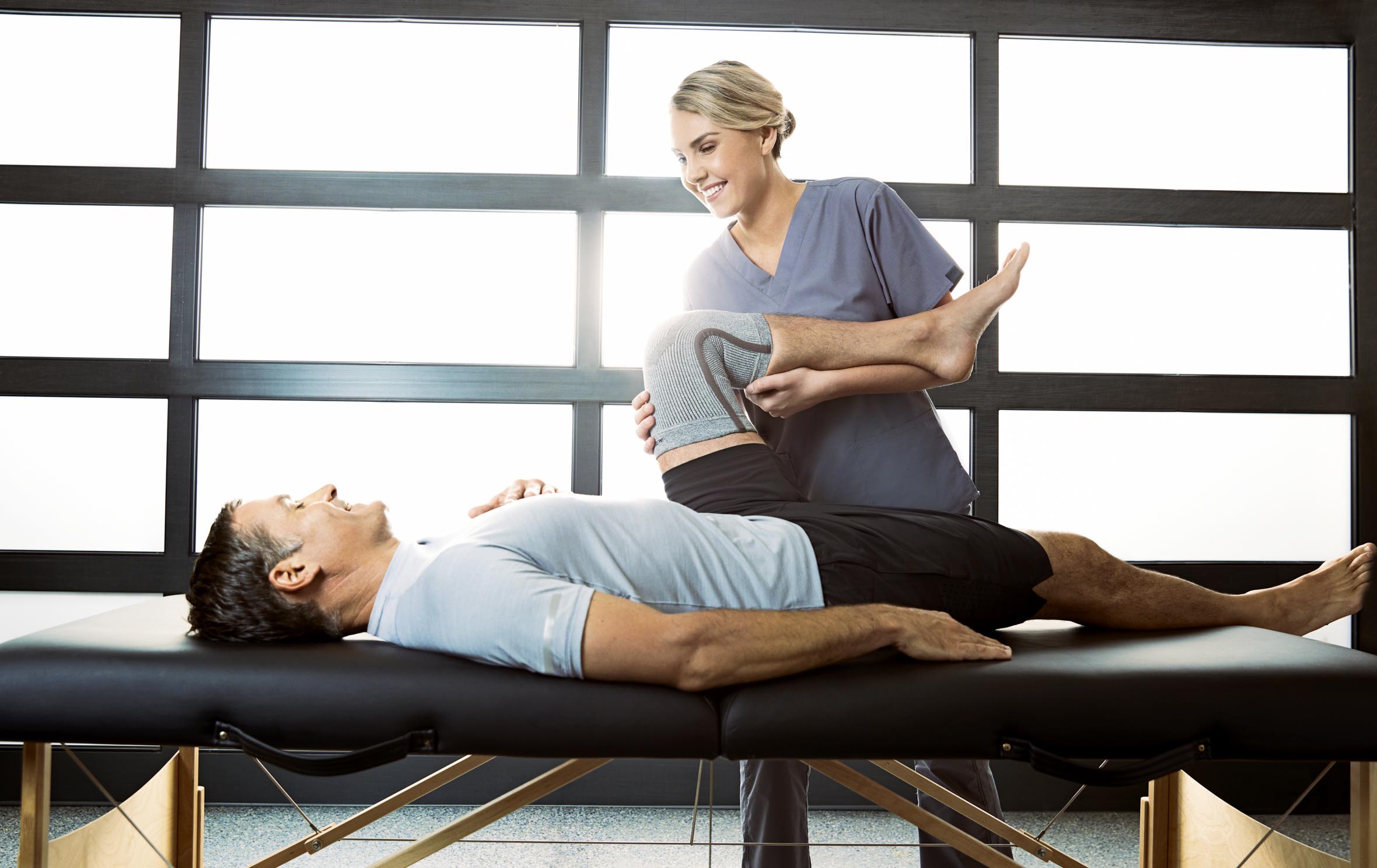Giving it you’re all in the gym or on the sports field doesn't have to be so taxing. Working out will become your new favorite hobby if you take a few steps to encourage healing and opt for recovery wear.

The significance of recovery
Most athletes and fitness enthusiasts understand that adequate rest after exercise is critical for optimal performance and rehabilitation, yet guilt often sets in leading to overtraining. You might not realize that taking a break from training is necessary because the body recovers and improves itself during this period.
Recovery helps the body replenish energy reserves and rebuild any tissues that have been weakened due to exercise. You're not giving your body enough time to do its job if you don't take breaks from exercise, which can lead to injury or decreased results.
Another important aspect of regeneration is the mechanism by which the body eliminates the chemicals that accumulate in the body. When workouts are scheduled close together the body does not have enough time to heal naturally.
Sleep and mental stress are two more variables that influence recovery. Getting enough sleep is important for recovery because it encourages growth hormones, which promote tissue growth and muscle repair. Mental exhaustion lowers stamina and cognitive capacity.

Compression wear has many advantages.
Anti-inflammatory recovery wear can help to prevent muscle exhaustion and injury. When legs hit the ground, compression wear clings to the body and decreases muscle oscillation (vibration that occurs in the muscle on impact). The higher the level of muscle oscillation during a workout, the more likely you will experience soreness and exhaustion afterwards. Compression wear can seem to good to be true, but a recent study found that track athletes who wore lower-body compression garments decreased muscle impact by 27% when landing.
Compression clothing also has post-workout advantages. Muscle soreness and weakness after exercise can indicate tissue damage; however, studies have shown that full-leg compression sleeves can help reduce the symptoms of exercise-induced soreness and muscle weakness. Compression wear can help with this by speeding up the body's healing by removing lactate acid from the muscles, which can cause soreness.
Wearing compression garments is referred to as "recovering the simple way" by/ experts because it allows people to encourage muscle relaxation and stimulate blood flow to and from their muscles simply by wearing them. The nature of compression socks allows more blood to flow through the calf muscles, reducing swelling, pooling, and lactate accumulation. Compression clothing is most effective when worn within 12 to 48 hours of exercise, but it can also be worn to bed.
Another advantage of compression clothing is that it can help with injury rehabilitation. When you have an injury that isn't a fall, the advice is to rest, ice, and compress the damaged area—which is where compression wear comes in. Also, an injured knee will benefit from compression wear because it relieves tension on the knee as it comes into contact with the ground.

Compression products come in various forms.
TopsCompression shirts are tops that tighten in specific areas of the chest to help the body stay in shape. Long-sleeved tops tend to tighten in the extremities to increase blood flow back to the neck, while short sleeved tops tend to tighten in the upper body and chest specifically.
Short and long upper arm compression sleeve for pain are useful to anyone sitting or standing due to their different styles and goals. The compression tops will effectively reduce swelling and inflammation in the upper body even if you are not running or even moving.
When buying a compression top, the shirt should be close fitting but not too tight so that the advantages of compression technology can be felt.
Leggings and PantsCompression bottoms are made to feel as though they are a second skin. They provide more support and benefits to your exercise and recovery than activewear.
Compression pants and compression wear for hip pain increase blood flow, which helps with circulation problems by delivering more oxygen and nutrients to the muscles and preventing swelling.
Compression pants help avoid DVT and varicose veins while also reducing delayed onset muscle soreness, making subsequent performances or workouts difficult.
Compression wear is beneficial for healing, but it also ensures that physical exercise does not cause the body to work more than it needs to.

Select the Appropriate Recovery Wear
Do you want to add some high-quality, lightweight recovery wear to your fitness wardrobe to help you recover from a hard workout? Incrediwear's new compression wear collection incorporates cutting-edge technology to help you heal quicker than ever before.Read more

Recovery gear for legs like socks and stockings are used to apply pressure to legs and ankles to reduce discomfort and improve blood circulation from your lower extremities to your heart. Besides, ...

Foot Pain Can Be Relieved With A Compression ankle Sleeve When you're on your feet all day, do you get heel or foot pain or swelling? Wearing the best foot ankle sleeve under your socks or even wit...






Leave a comment
All comments are moderated before being published.
This site is protected by hCaptcha and the hCaptcha Privacy Policy and Terms of Service apply.